Picture India in 1991. You need to make several trips to Delhi and wait three years to import a computer. Coca-Cola is contraband; there is a 22-month waiting list for a car, and an interminable queue for admission to the exclusive club of telephone owners: there are only five million active connections in a country of 900 million people.
Post-colonial India elevated suspicion of private business into a public virtue. But with the collapse of the Soviet Union, which maintained a vital $6 billion trade relationship with India, the rhetoric of economic self-reliance and political non-alignment became insupportable. All that stood between India and bankruptcy when the government was compelled to throw open the economy in the summer of 1991 was $2 billion.
India vaulted from an era of austerity to an age of excess. The already rich became the principal beneficiaries of this transformation, going on to own nearly half of the national wealth. And within a decade, commentators began extolling India — home to the largest population of the world’s poorest people — as a future superpower. The mood was infectious. ‘I am confident that our time has come,’ prime minister Manmohan Singh, the brains behind the economic reforms of the 1990s, declared in 2007. ‘India is all set to regain its due place in the comity of nations, as a plural, secular and liberal democracy.’
Less than a decade later, Singh was toppled by a Hindu supremacist. Narendra Modi can breed nostalgia for the days of Congress. But as James Crabtree colourfully details in The Billionaire Raj, it was under Singh that inequality, crony capitalism and corruption attained Himalayan proportions. Indian billionaires, proliferating from a mere two in the 1990s to more than 100 today, financed their extravagant lifestyles with money raided from state banks. Crabtree evocatively profiles these parasites in their habitats: gaudy palaces, private jets, elaborate weddings, Neronian bacchanals.
Banks, paralysed by the deepening nexus between politics and business, struggled to recover debts. So they advanced more loans when wealthy clients failed to re-pay. Indian banks are owed $150 billion by the country’s plutocrats. Politics is now a swamp. In 2014, the cost of elections — $5 billion — was second only to the United States.
As the economy expanded under Singh, millions of people were moved out of dire poverty and into tolerable destitution. An army of intellectuals, touting this as revolutionary progress, demanded more ‘reforms’, a word that conceals more than it conveys. India devolved into what the Princeton scholar Atul Kohli calls a ‘two track democracy’, where ‘common people are only needed at the time of elections’. In 2007, when thousands of tribal peasants marched to Delhi to petition for land rights, Singh had them locked in a roofless enclosure in the heat of the capital without access to water or toilets. Available around the clock to India’s oligarchs, Singh entertained the idea of deploying the air force to blow up inconvenient dissidents. Unable to eradicate poverty, he attempted to redefine poverty, while presiding over the most corrupt cabinet in India’s history.
So fed up were Indians with Congress after a decade of Singh’s premiership that, as Crabtree writes, they ‘held their noses’ and voted for Narendra Modi. Many Indians, though uncomfortable with Hindu nationalism, saw Modi as a necessary evil. But, as Matthew Scully once asked, when you start with a necessary evil and then over time the necessity passes away, what is left?
Violent Hindu assertiveness was never incidental to Modi’s politics: it was his sine qua non. Those who believed that he would subordinate his ideology to dry managerialism were deceiving themselves. Modi is not a competent manager of the economy, and his promise to eradicate corruption manifested itself in the debacle of demonetisation that has harmed the poor most of all.
The implications of crony capitalism and widening inequality are far graver than most observers of India, including Crabtree, appreciate. Indian democracy used to be lauded as an audacious experiment for being floated in a poor country. But surviving the mercenary impulses incubated by new wealth may be even tougher.
Crabtree’s earnest belief in the inbuilt power of government-shrinking reforms to heal India’s wounds is troubling: at one point, he faults Modi for failing to inflict ‘steep cuts’ on ‘Congress-era welfare schemes, which subsidise everything from rural jobs to food distribution’. Millions of human beings who depend upon those schemes, however imperfect, are airbrushed out of existence with one chilling sentence.
And Crabtree’s overarching thesis — that India is re-enacting America’s gilded age and that it can, with some fixes, become a ‘superpower’ — inspires terror rather than hope. Innumerable lives are being shattered to uphold the technocratic dogma, as George Eliot once phrased it, ‘that mankind are benefited by the push and the scramble in the long-run’. India’s tragedy is that there is nobody in Delhi with the courage to say, as Eliot’s Felix Holt did: ‘I care for the people who live now and will not be living when the long-run comes.’
Got something to add? Join the discussion and comment below.
Get 10 issues for just $10
Subscribe to The Spectator Australia today for the next 10 magazine issues, plus full online access, for just $10.
You might disagree with half of it, but you’ll enjoy reading all of it. Try your first month for free, then just $2 a week for the remainder of your first year.

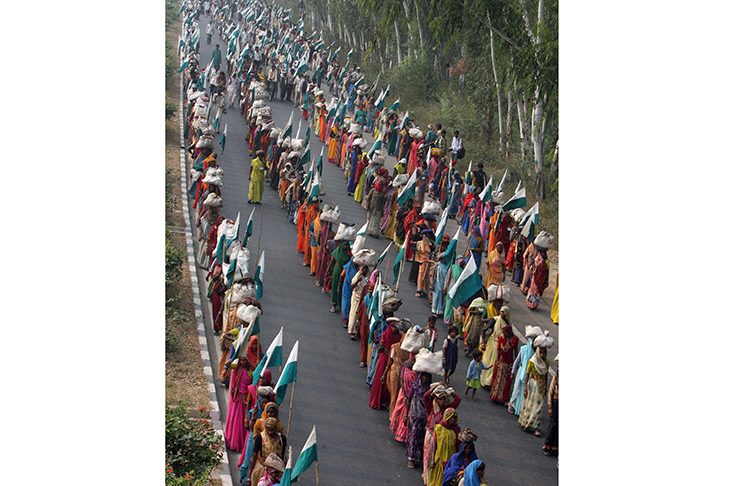
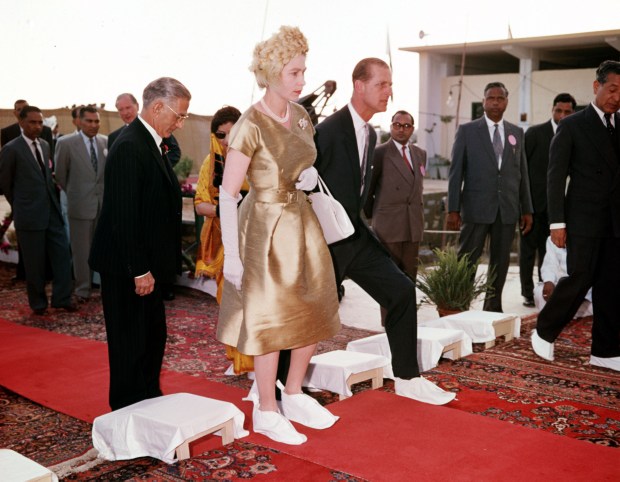
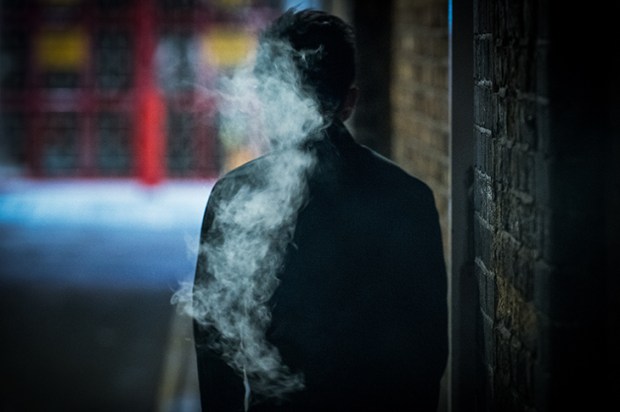
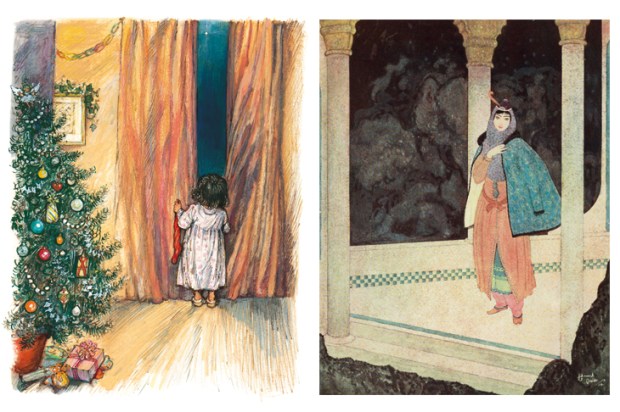

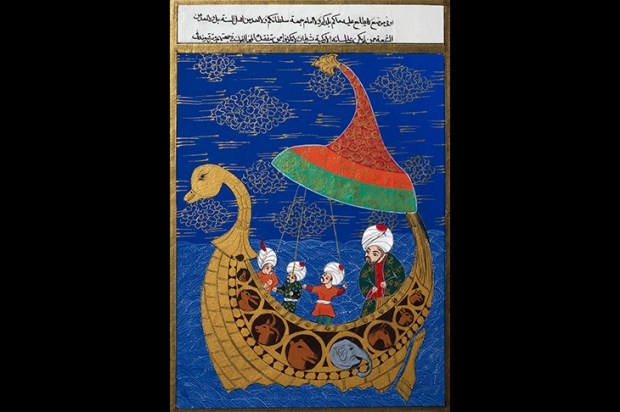
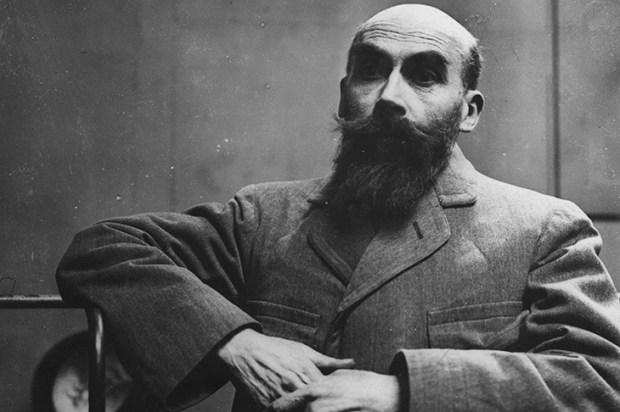






Comments
Don't miss out
Join the conversation with other Spectator Australia readers. Subscribe to leave a comment.
SUBSCRIBEAlready a subscriber? Log in